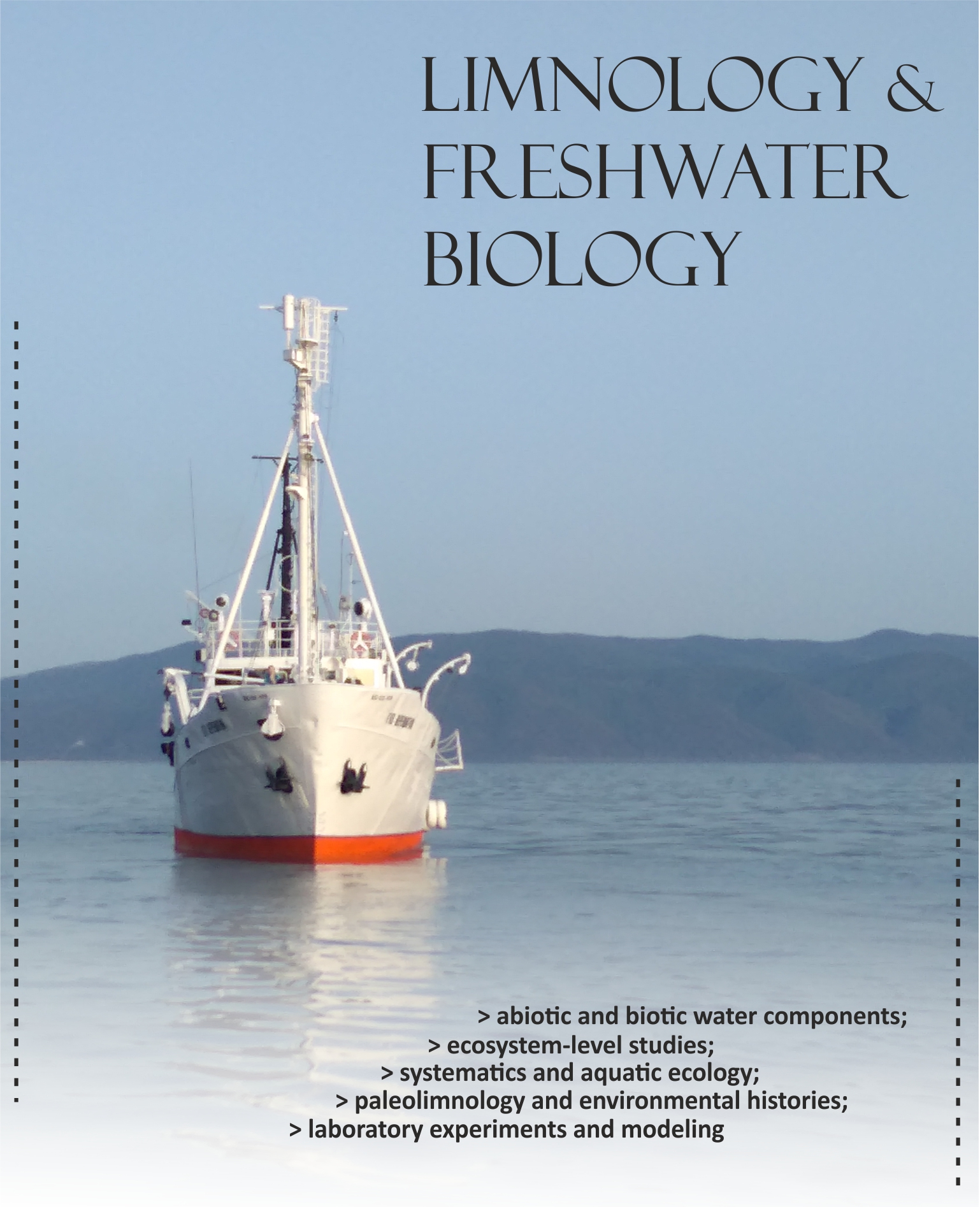Lake bottom sediments as archives of paleo-climate changes on decade and millennium time scales of the Holocene-Pleistocene
DOI:
https://doi.org/10.31951/2658-3518-2018-A-1-62Ключевые слова:
Paleolakes, Climate changes, bottom sediments, the Holocene-PleistoceneАннотация
Undoubtedly, the study of the Planet’s climate is one of the fundamental topics for elaboration of strategies for life support of the Earth’s population. The following questions arise: i) what is the spatial pattern of intensity of these changes; ii) what is the response of the regions to climatic changes; iii) what is the critical line when changes in the ecosystem are irreversible; iv) what are causes and mechanisms of these changes; v) what is the human role in these processes; and vi) which tendencies should be expected in climate changes in the nearest future? After answering these questions, a logical question is put forward: how unique is “the climatic landscape” of the recent decades compared to the previous epochs, and are all regions similarly sensitive to climatic changes? The challenge is how to describe these changes and which methods to use in order to obtain more reliable data. More generally and despite some problems, the studies indicate the value of combining limnological and palaeolimnological records in reconstructing lake history and in disentangling the changing role of different pressures on lake ecosystems.
Загрузки
Опубликован
Выпуск
Раздел
Лицензия

Эта работа распространяется под международной лицензией Creative Commons Attribution-NonCommercial 4.0.







